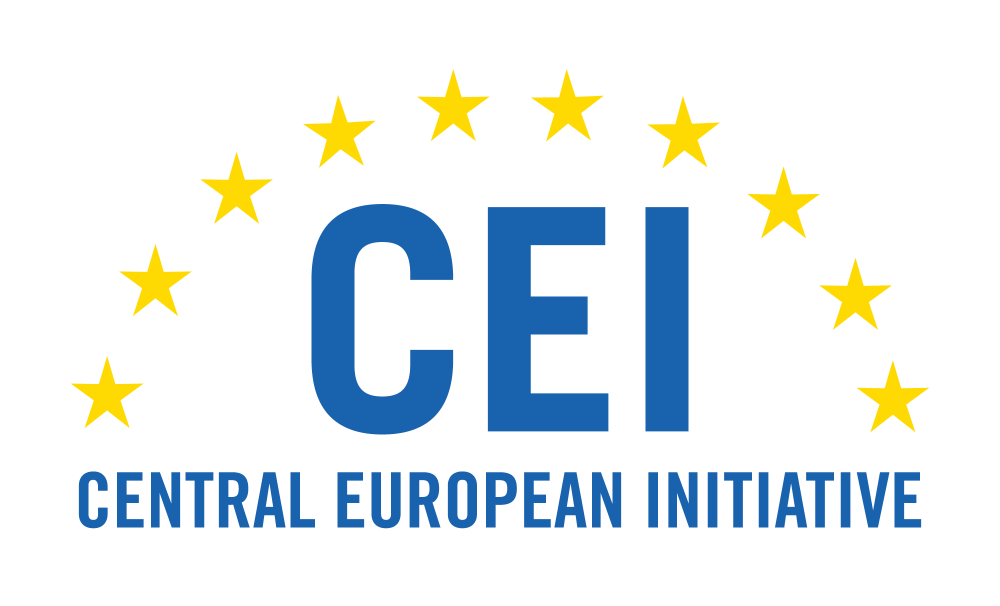SEEMACC
Promoting regional cooperation is vital for the countries of South East Europe in order to address mine action issues more efficiently as well as more cost-effectively. In order to achieve this, the directors of mine action centres of Albania, Croatia, Bosnia and Herzegovina and ITF signed an agreement in 2000, which established the South-Eastern Europe Mine Action Coordination Council (SEEMACC).
SEEMACC is a platform for meetings and knowledge sharing forum, where national mine action authorities are able to:
- exchange experience and know how on mine action;
- develop sustainable regional programs in correlation to economic and agricultural development;
- advance training of experts and demining personnel;
- establish common demining standards and procedures.

With that in mind, the intention of SEEMACC is to eliminate any remaining impact of landmines and unexploded ordnance in South East Europe, while aiming to increase economic and social development in the region.
SEEMACC consists of 8 national mine action authorities, which are the following:
- Albanian Mine and Munitions Coordination Office - AMMCO
- Azerbaijan National Agency for Mine Action - ANAMA
- Bosnia and Herzegovina Mine Action Centre - BHMAC
- Croatian Mine Action Centre - CROMAC
- ITF Enhancing Human Security - ITF
- Protection and Rescue Directorate of the Republic of North Macedonia
- Regional Centre for Underwater Demining Montenegro - RCUD
- Mine Action Centre of Serbia - SMAC
One of the most important aspects of ITF activities is its regional approach. ITF believes that the regional co-operation is of crucial importance as different key issues may be addressed in a more efficient and cost-effective way. By bringing countries together, SEEMACC promotes the efforts to reach a mine-free status in countries well beyond the region of South East Europe.
The exchange of experience, information and know-how as well as co-ordination of activities in the field of mine action are essential in achieving the mine-free status of all affected countries. Correspondingly, these actions also contribute to the confidence building among participating countries.
Projects
Since 2000, SEEMACC developed and implemented projects aimed at improvement of demining procedures and processes:
- Geographical Information System – GIS (facilitating identification of potential mine fields and maintaining of data base of known minefields)
- Mine Detection Dog Centre – MDDC in Konjic, Bosnia-Herzegovina
- Development of Standard Operating Procedures – SOP for underwater demining operations
- Capacity Support of Regional Cooperation in Mine Action - SEEMACC (more information)
Capacity Support of Regional Cooperation in Mine Action - SEEMACC
During the period 2020-2021 ITF will implement the project ‘Capacity Support of Regional Cooperation in Mine Action – SEEMACC’, which is financially supported through the Central European Iniative (CEI) and their Know-how Exchange Programme - KEP. The aim of this project is to develop criteria for training and implementation of mine action activities in the fields of humanitarian demining, mine victim assistance and mine risk education in countries in the area of South-Eastern Europe.
In order to transfer and create a common and unique approach to defining content and programme for the participants in mine action in South-Eastern Europe, the project aims to define guidelines and to provide standardized content for implementation of mine action associated activities. Through the efficient and effective bi-annual gatherings of SEEMACC, national stakeholders and members of SEEMACC will have the opportunity to exchange experience, information and know-how on how to achieve a shared overall objective of mine-free South East Europe.

Click here for more information and insights on the CEI work and their programs.